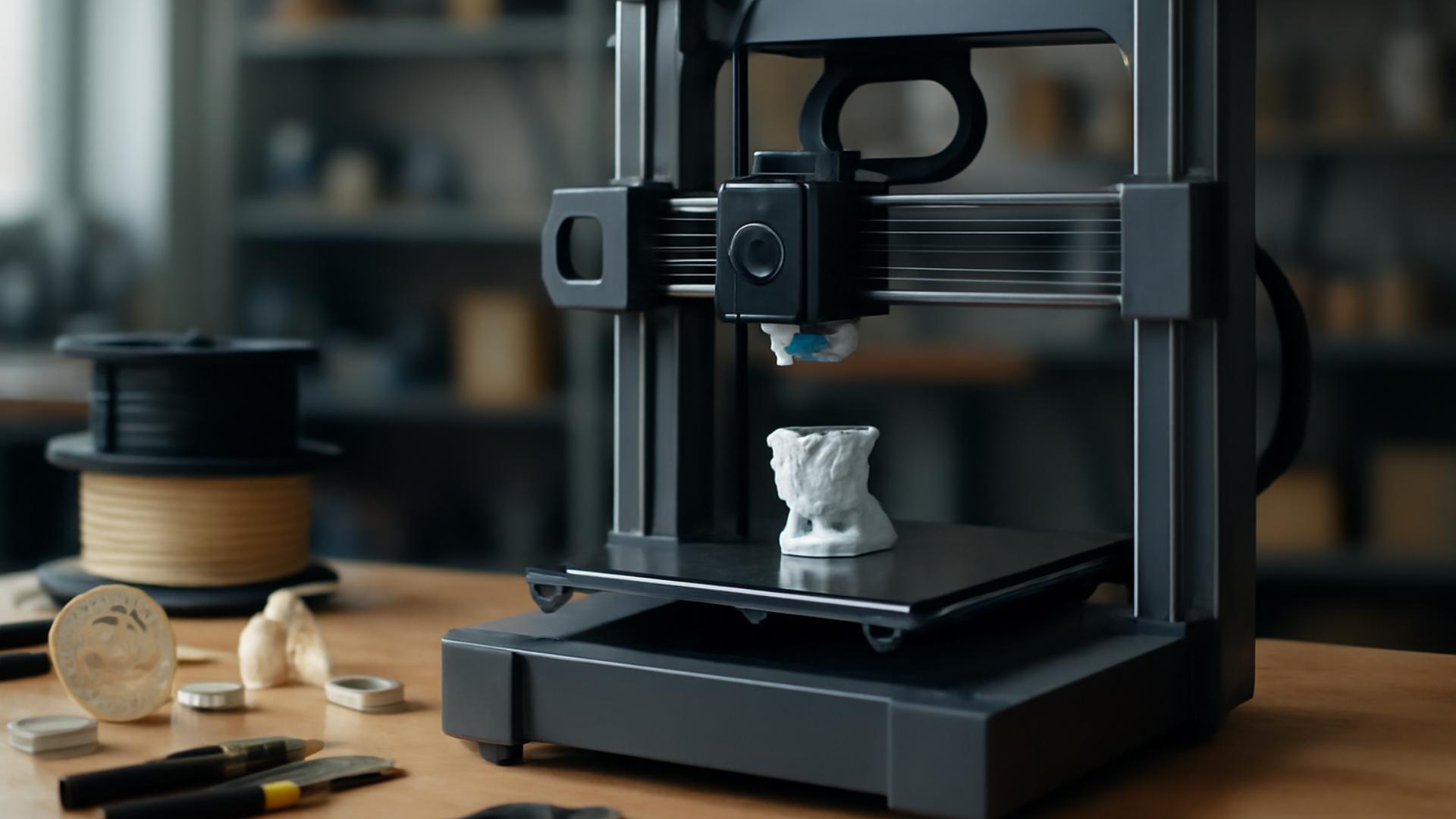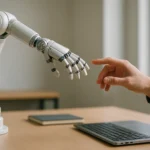In a world constantly evolving, few advancements have stirred as much excitement as 3D printing. As a modern marvel, it has transcended its experimental roots to become a cornerstone in manufacturing. We’ve moved beyond the prototype phase, and now, it plays a critical role in production. This article delves into the transformative journey of this technology, how it’s reshaping industries, and what it means for the parts and products we use daily.
The Evolution of 3D Printing: From Labs to the World Stage
3D printing, once a niche interest for hobbyists and researchers, has become a mainstream manufacturing process. It’s no longer about creating simple plastic models; the scope has expanded to include complex parts made from a variety of materials. This shift is not just about the excitement of innovation but also about practical implications that affect costs, efficiency, and design in manufacturing.
The Journey from Idea to Reality
The concept of additive manufacturing, the formal name for 3D printing, is straightforward: building objects layer by layer. Yet, the journey from this simple idea to its current global impact has been profound. The initial focus was on polymers, but it quickly expanded into metals and composites, widening the horizon of applications for industries like aerospace, automotive, and healthcare.
A Spectrum of Materials
Today, the materials used in 3D printing range from thermoplastics to metals, ceramics, and even living cells. This diversity allows manufacturers to tailor products to specific needs, increasing the scope of what can be printed. The innovation is not just in new materials but also in how printers can switch between them within a single build, further enhancing the flexibility of design.
Breaking the Cost Barrier
One of the most significant advantages of 3D printing is its potential to reduce costs. Traditional manufacturing often involves expensive tooling and setup, which is not required for 3D printing. Moreover, the ability to produce parts on demand reduces inventory and material waste, translating into cost savings for manufacturers.
This evolution is not merely a trend but a shift towards a new era of production where printing is a standard, not an exception.
Diverse Applications: The New Frontier of Possibilities
The versatility of 3D printing has led to its adoption across various sectors, each exploring unique applications that were previously unimaginable. The technology, known for its precision and adaptability, has accelerated the transition from traditional methods to innovative production techniques.
Breaking Grounds in Healthcare
In the medical field, 3D printing is nothing short of revolutionary. From printed prosthetics that mimic the exact dimensions of a patient’s limb to bioprinting tissues and organs, the impacts are profound. The ability to customize parts to fit individual needs has significantly improved outcomes in reconstructive surgery and personalized medicine.
Automotive and Aerospace Innovations
In industries like automotive and aerospace, 3D printers are utilized not just for prototyping but for creating complex parts that are lighter and stronger than those made using traditional methods. This reduces cost and improves performance, especially in aerospace, where weight savings can translate to enormous fuel efficiencies.
Consumer Products and Beyond
3D printing isn’t just for industrial giants; it’s also revolutionizing consumer products. From custom footwear to bespoke jewelry, the design freedom afforded by 3D printing allows brands to offer unique, personalized experiences for their customers. This democratization of design is setting new standards for creativity and customer engagement.
The diverse range of applications highlights the versatility of 3D printing, promising a future where the only limit is imagination. {image_content}
Metal Printing: Stronger and Lighter
One of the most intriguing developments in 3D printing has been its foray into metal printing. The ability to print with metals has opened new vistas in manufacturing, offering unprecedented possibilities for making parts that are both stronger and lighter than ever before.
Advantages Over Traditional Methods
Metal 3D printing, or powder bed fusion, utilizes a laser to melt metal powders into precise shapes. Unlike traditional methods, which often involve cutting away excess material, this additive approach minimizes waste, making the process not only more sustainable but also more cost-effective. Additionally, printed metal structures can incorporate complex geometries that would be impossible with conventional techniques.
Applications Across Industries
Industries have embraced metal 3D printing for its ability to produce robust and intricate parts. In the automotive sector, it’s used to create lightweight components that enhance fuel efficiency. In aerospace, companies will benefit from the durability and reduced weight of printed metal parts, directly impacting aircraft performance.
Future Prospects
As the technology matures, the cost of metal printing continues to decrease, making it accessible to smaller manufacturers. The future of additive manufacturing in metals is bright, with ongoing research promising even more innovative materials and techniques.
As we stand on the brink of a new industrial era, 3D printing emerges as a pivotal player in shaping the future of manufacturing. From reducing costs to enabling customized designs, the technology is transforming how we think about production.
A Vision for Tomorrow
The path forward is filled with potential. As printers become more sophisticated and materials more diverse, industries will increasingly rely on 3D printing for parts that are tailored, efficient, and sustainable. The integration of additive manufacturing into everyday manufacturing processes signifies a shift towards a more agile and innovative production environment.
Final Thoughts
For businesses and consumers alike, the implications are profound. By bridging the gap between traditional and modern methodologies, 3D printing is not just changing the landscape of manufacturing; it’s creating a new one. As we continue to explore its potential, one thing is clear: the future of manufacturing is here, and it’s printed.
FAQ
What is 3D printing and how is it used in everyday manufacturing?
3D printing, also known as additive manufacturing, is a process of creating three-dimensional objects by layering materials based on digital models. In everyday manufacturing, it is used for prototyping, creating custom parts, and producing small batches of products with intricate designs.
What materials can be used in 3D printing for manufacturing purposes?
A variety of materials can be used in 3D printing for manufacturing, including plastics like PLA and ABS, metals such as aluminum and titanium, ceramics, and even biodegradable materials. The choice of material depends on the desired properties of the final product.
How does 3D printing benefit small-scale manufacturers?
3D printing offers several advantages to small-scale manufacturers, such as reduced production costs, faster prototyping, and the ability to produce customizable products on-demand. It also minimizes waste by using only the necessary amount of material for each item.
Are there any limitations to using 3D printing in manufacturing?
While 3D printing has many advantages, it also has limitations like slower production speeds compared to traditional manufacturing, limited material options for certain applications, and potential issues with the strength and finish of printed objects. However, ongoing advancements are continuously addressing these challenges.
What industries are currently adopting 3D printing technologies in their manufacturing processes?
Industries such as aerospace, automotive, healthcare, and consumer goods are increasingly integrating 3D printing into their manufacturing processes. This technology is used for producing complex components, custom prosthetics, and even consumer products like eyewear and home decor.



